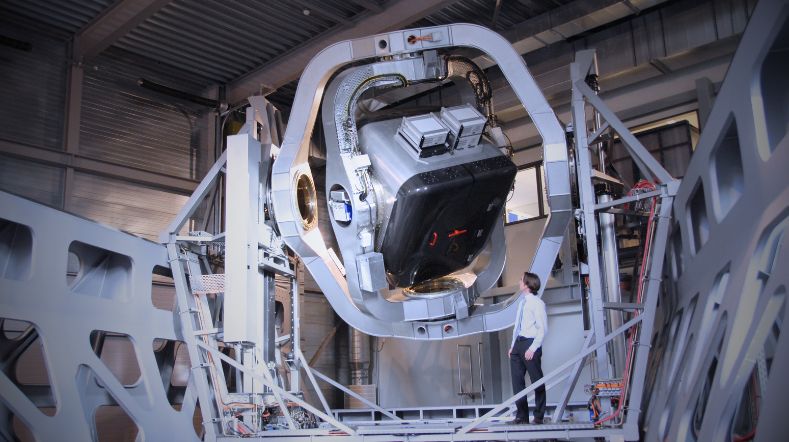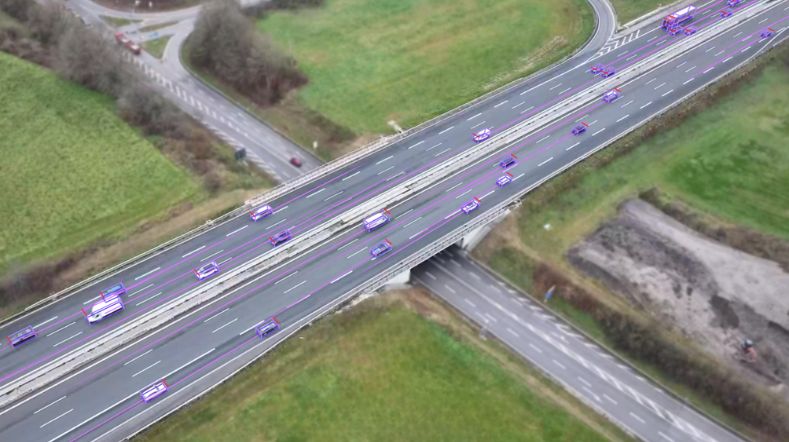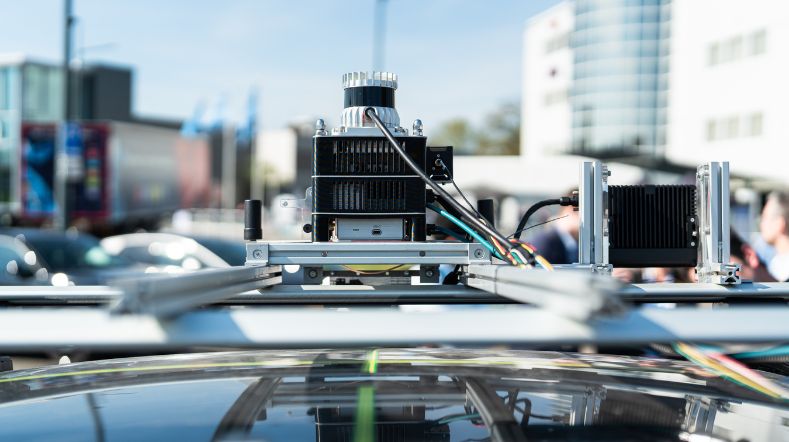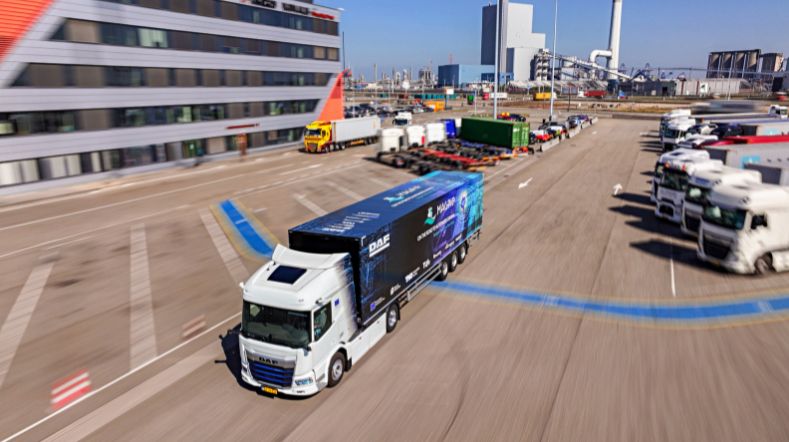
Safety assessment of automated driving
Automated driving's future relies on robust safety validation of vehicles. Reliable safety assessments are crucial before releasing and deploying automated vehicles on public roads to ensure safe operation in all traffic situations, contributing to society's sustainable wellbeing and prosperity.
Current challenges
Automated driving technology has advanced significantly, incorporating sophisticated sensors, AI, and other technologies to handle complex driving situations. However, the key challenge remains proving that these complex systems can interact safely with their environment at all times. This is a core challenge of safety assessment that cannot be fully addressed through real-world driving tests alone.
The use of AI components poses a specific challenge in safety assessment. Machine learning components, often black box functions, lack the ability to reason about their correctness. Furthermore, machine learning technology is predominantly applied in perception stacks, which must handle a vast array of scene variations, adding to the complexity of ensuring safety and reliability.
In addition to technical challenges, compliance with regulations and standards presents another hurdle. Automated driving regulations and standards are often considered "open norms," lacking agreed-upon interpretations or practical implementations. This uncertainty creates challenges for both industry stakeholders and regulators.
Our vision
To ensure comprehensive safety assessment, it's crucial to decompose risks by their sources. By combining knowledge about the system and its architecture with real-world data and simulations, we can estimate the quantitative contribution of different risk sources to overall safety. This approach is essential for determining whether safety requirements are met with reasonable efforts, within reasonable timeframes.
TNO’s thorough and systematic approach extends beyond standards of functional safety (ISO 26262) and safety of intended functionality (ISO/DIS 21448:2021 SOTIF) or regulations like R157 ALKS with the aim to offer practical interpretations of these standards and regulations. Our scientifically grounded methodologies provide a basis for safety assessments by vehicle manufacturers and for regulatory type approval.
Our solutions
TNO StreetWise is an advanced method for capturing and describing real-world driving conditions and their variations. It uses this data to build a scenario database that enables scenario-based testing and validation of automated driving systems. By leveraging public road driving data for scenario identification and test case generation, StreetWise ensures that virtual test scenarios closely resemble real-world driving conditions. This approach is instrumental in advancing safe automated driving technology and quantifying safety risks.
The final challenge in automated driving is safety assessment. How can we reliably determine if a vehicle that can handle specific situations safely is also safe in nearly any other situation? The integration of AI heightens the significance of safety assessment due to the opaque nature of AI's "black box" characteristics, which complicates traditional safety-by-design approaches to component checks.
Through its system and safety engineering, TNO is committed to developing probabilistic models for fit-for-purpose assessment. Our unique approach enables us to assess whether AI is capable of performing in an open world environment. Furthermore it assesses whether it can still deal with evolving demands and environments, or if updates are necessary. Given the automotive industry’s reliance on machine learning for perception, finding solutions becomes even more urgent.
Our ongoing efforts focus on engineering reliable data-driven AI systems through three key areas: Design (architectural design and data quality management), Verification and Validation (scenario-based validation), and Maintenance (diagnostics). This comprehensive approach ensures the trustworthiness of AI systems throughout their lifecycle.
As an underlying methodology, TNO is constructing a detailed probabilistic model to assess the performance of automated driving systems that depend on AI components. This model draws from extensive real-world data and deep understanding of the system's architecture to provide a thorough evaluation of system performance.
Get inspired
How is YER award winner Chris van der Ploeg doing?


TNO launches Motion Comfort Institute for automated vehicle era


Releasing autonomous software faster with DeepScenario and TNO’s StreetWise


MARQ opens its doors: a place to collaborate on the mobility of the future


Demonstrations of automated driving and charging for logistics at Maasvlakte


